Will 2019 Legislature Ban Pet Leases? CT Would Be 4th State to Approve Ban
/New York became the third state earlier this year, following Nevada and California, to enact a law restricting or prohibiting pet leasing, apparently a growing trend – and concern - across the country. The law was approved last month and takes effect in December.
Connecticut considered a ban on pet leasing during the 2018 legislative session. A proposal was approved in the Senate, but was not considered by the House of Representatives, according to a report released this month by the state Office of Legislative Research (OLR). 
The Federal Trade Commission explains that “pet leasing is a relatively new industry. It relies on a financial product – a consumer lease – that is commonly associated with cars, furniture, and heavy equipment, not with puppies, parrots, and other pets. As a result, most people considering buying a pet are not expecting to be handed a lease.”
“There can be complications,” the FTC points out. “If the customer misses a monthly payment, the leasing company can repossess Fluffy, Fido, or Cookie the Cockatoo. And, if the animal gets lost, stolen, or dies, or if the customer can no longer keep the pet, the customer can still be required to make payments through the end of the lease period or pay a hefty early termination fee.”
These concerns, and others, are leading an increasing number of states to consider laws to govern – or ban – the practice. Last month, published reports indicate that the American Society for the Prevention of Cruelty to Animals filed a lawsuit in New Jersey Superior Court on behalf of residents of Hopatcong, New Jersey, against a local pet store and another in Virginia. The lawsuit challenges the lease agreement.
Earlier this year, CBS News published a story about the practice, citing a Connecticut pet store’s practice that irked a local resident.
“Here's how it works: pet stores lure customers in with a cute but expensive pet. Then the customers sign what they believe is a loan that will allow them to make low monthly payments for the pet,” the CBS News report explained. “But it's not really a loan; it's a lease. And customers often don't realize it until it's too late.”
The Connecticut law proposed earlier this year “generally would have voided any pet lease entered into on or after October 1, 2018,” according to OLR. It stated that “Anyone taking possession of a dog or cat under such a contract would have been (1) deemed to be the animal’s owner and (2) entitled to the return of all amounts paid under the contract.”
Nevada law prohibits a person from offering to lease any living animal or goods intended for personal, family, or household use, including pets, according to the research published by OLR. California law, effective on January 1 this year, applies to dogs and cats and points out that the consumer taking possession of the dog or cat under such a contract is deemed the animal’s owner, voiding any lease agreements. The New York law prohibits a contract for buying or financing a dog or cat that includes any provisions that authorize using the dog or cat as security and allow the lender or seller to repossess the animal if the buyer fails to make payments under the contract. The law does not prohibit buying a dog or cat through an unsecured personal loan.



 Yesterday, it was announced that 59 percent of Connecticut’s more than 4,000 bridges are 50 years or older, the fourth highest rate in the nation. The average age of all Connecticut’s bridges is 53 years, while the average age of the state’s 308 structurally deficient bridges – seven percent of the total - is 69 years. Structurally deficient bridges in Connecticut are crossed daily by 4.3 million vehicles.
Yesterday, it was announced that 59 percent of Connecticut’s more than 4,000 bridges are 50 years or older, the fourth highest rate in the nation. The average age of all Connecticut’s bridges is 53 years, while the average age of the state’s 308 structurally deficient bridges – seven percent of the total - is 69 years. Structurally deficient bridges in Connecticut are crossed daily by 4.3 million vehicles.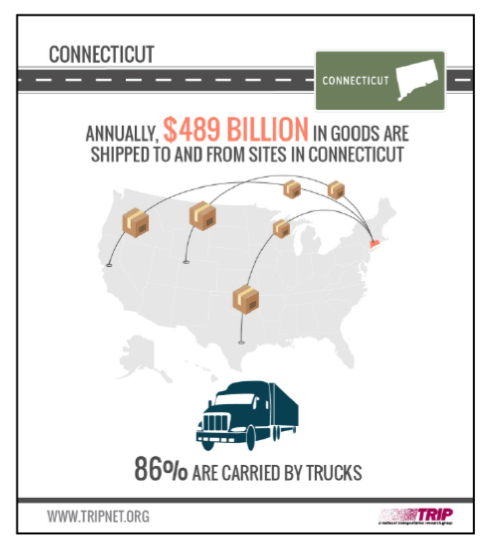 The report also noted that “annually, $489 billion in goods are shipped to and from sites in Connecticut, largely by truck,” adding that “approximately 731,000 full-time jobs in Connecticut in key industries like tourism, retail sales, agriculture and manufacturing are completely dependent on the state’s transportation network.”
The report also noted that “annually, $489 billion in goods are shipped to and from sites in Connecticut, largely by truck,” adding that “approximately 731,000 full-time jobs in Connecticut in key industries like tourism, retail sales, agriculture and manufacturing are completely dependent on the state’s transportation network.”
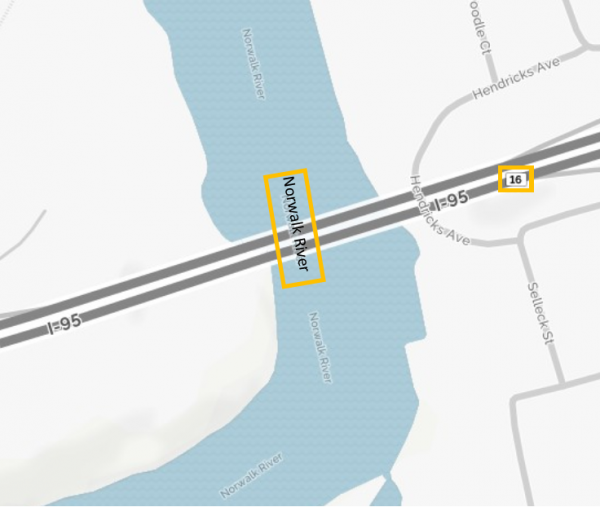
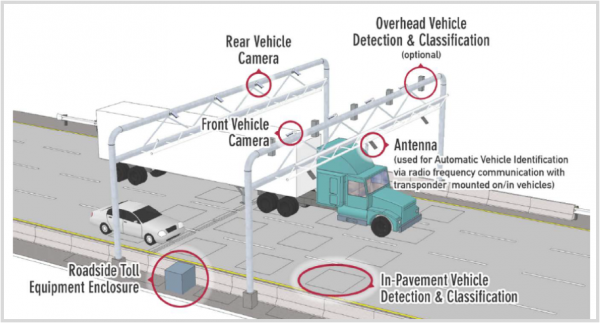
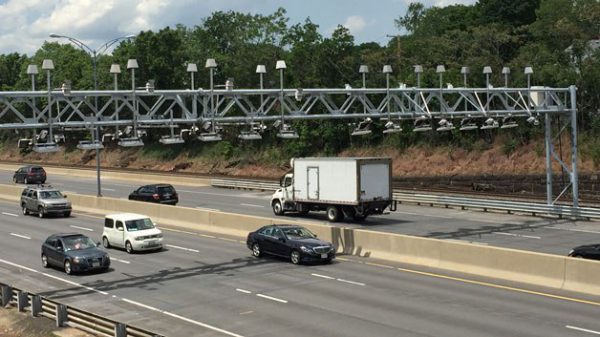 The Indianapolis Star reported earlier this summer that the state signed a $9.6 million contract with HNTB Indiana Inc. to study the impact of tolling and provide project planning if the state chooses to move forward with tolling. The administration of Gov. Eric Holcomb is required to study tolling under a road-funding plan lawmakers passed in 2017, but a decision has not been made on whether the state will go forward with authorizing a tolling plan, according to published reports.
The Indianapolis Star reported earlier this summer that the state signed a $9.6 million contract with HNTB Indiana Inc. to study the impact of tolling and provide project planning if the state chooses to move forward with tolling. The administration of Gov. Eric Holcomb is required to study tolling under a road-funding plan lawmakers passed in 2017, but a decision has not been made on whether the state will go forward with authorizing a tolling plan, according to published reports.




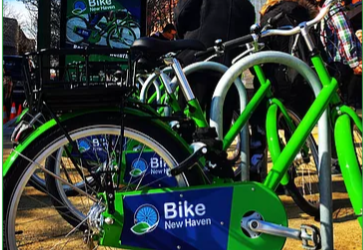 The ranking saw Davis and Berkeley California named the safest cities for bicyclists, followed by Boulder, Colorado; Eugene, Oregon; Palo Alto, Chico, and Mountain View, California; Fort Collins, Colorado; Santa Barbara, California, and New Haven. Minneapolis ranked number 12.
The ranking saw Davis and Berkeley California named the safest cities for bicyclists, followed by Boulder, Colorado; Eugene, Oregon; Palo Alto, Chico, and Mountain View, California; Fort Collins, Colorado; Santa Barbara, California, and New Haven. Minneapolis ranked number 12.
 The purpose of the pilot program, according to OPM, is to encourage and allow for the testing of fully autonomous vehicles (FAV) on local highways in Connecticut. The goal for the pilot program is to allow a variety of FAV testing to occur in four municipalities throughout the state, bringing Connecticut to the forefront of the innovative and burgeoning autonomous vehicle industry.
The purpose of the pilot program, according to OPM, is to encourage and allow for the testing of fully autonomous vehicles (FAV) on local highways in Connecticut. The goal for the pilot program is to allow a variety of FAV testing to occur in four municipalities throughout the state, bringing Connecticut to the forefront of the innovative and burgeoning autonomous vehicle industry.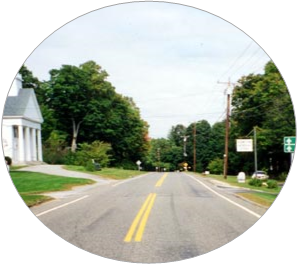
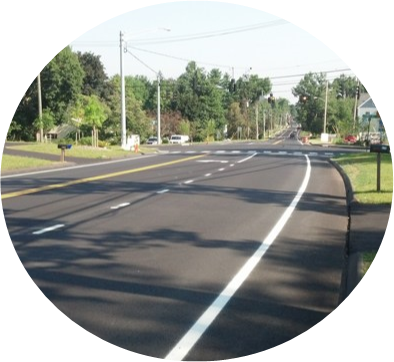 The state law outlines a framework of the minimum requirements to be included in agreements between municipalities and autonomous vehicle testers approved for participating in the Fully Autonomous Vehicle Testing Pilot Program (FAVTPP). The Connecticut law, according to the
The state law outlines a framework of the minimum requirements to be included in agreements between municipalities and autonomous vehicle testers approved for participating in the Fully Autonomous Vehicle Testing Pilot Program (FAVTPP). The Connecticut law, according to the 

























